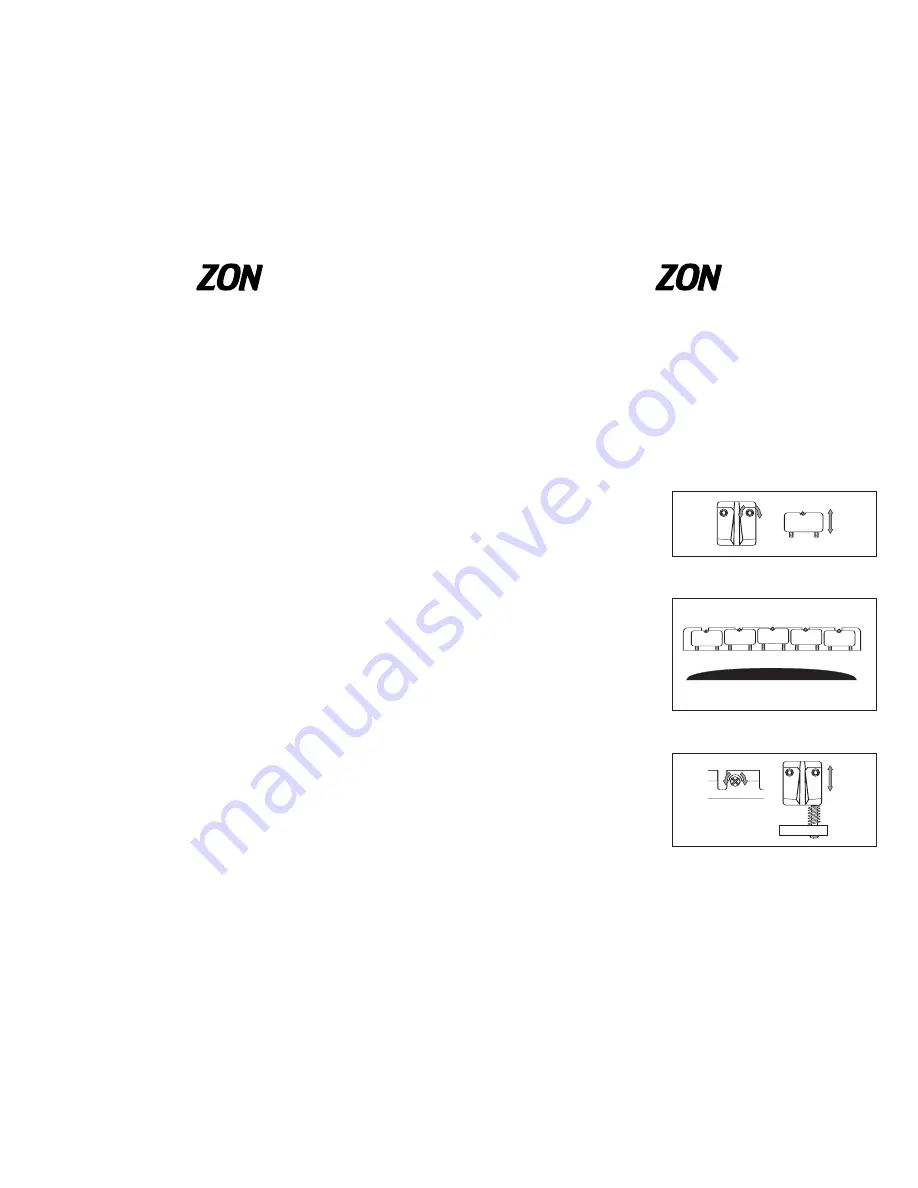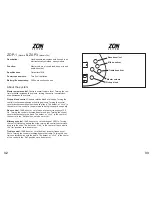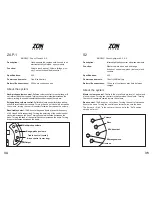
5
4
Caring For Your New Zon Bass
By design, your bass is virtually maintenance-free, making it a consis-
tently reliable tool. Here are a few things that will help preserve the
beauty and performance of this instrument for years to come.
General
Avoid exposure to extreme temperature changes. When bringing your
bass inside from a cold environment,
keep the case closed
. Allow the
instrument to acclimate by waiting until the case warms to room temper-
ature before opening it. This will allow the instrument’s wood and finish
to expand at the same rate, preventing the finish from shattering.
Likewise, do not leave your instrument in direct sunlight or in the trunk
of a car on a hot day. Temperatures in a car trunk can exceed 212
degrees F (100 degrees C). Extended exposure to this condition can
cause severe damage to the instrument.
Periodically check all the screws and string saddles to make sure
everything is tightened snug and working properly.
Finish
The finish on your bass is a catalyzed polyester coating, formulated to
be impervious to moisture and far more durable than lacquer. It can be
cleaned using Zon Finesse, a cleaner specially made for this type of fin-
ish. Do not use furniture polish or cleaners on your bass, they build up
and turn gummy.
Fingerboard
Cleaning the phenowood fingerboard on our composite necks can be done
using a small drop of WD-40 on a cloth and working it into the surface.
Cleaning the rosewood/pau ferro fingerboard on our wood necks can be
done using a small amount of lemon oil and working it into the wood grain.
Adjustments
Your instrument has been completely adjusted and set up by our techni-
cians. Due to shipping, personal playing preferences and circumstances
beyond our control, some minor adjustments may be required. If you
are inexperienced with any of the following procedures, take your instru-
ment to a qualified repairperson.
The adjustments in this book are for reference purposes only. Zon Guitars
assumes no liability for damage to the instrument caused by improper ad-
justments or modifications as a result of viewing this information.
Bridge
Your instrument is equipped with
a two-way adjustable Zon bridge.
Adjustments to this bridge opti-
mize string height and intonation.
Adjusting string height.
Insert
the 1.5mm hex key (supplied)
into one of the small hex screws
located at the corner on each
side of the saddles’ leading edge
(see Fig. 1).
Turning the hex key clockwise
raises the saddle, increasing
string height. Turning counter-
clockwise lowers the saddle,
decreasing string height. It is
important that the saddle heights
follow the fingerboard radius for
proper playability (see Fig. 2). To
check this, sight down the finger-
board from the nut toward the
bridge and make sure that the
saddles follow the curvature of
the fingerboard.
Setting intonation.
Adjust the
Phillips-head travel screw on the
Fig. 1.
Turning each saddle’s hex
screws adjusts the string height.
Fig. 2.
Adjust saddle heights to match
the fingerboard radius.
saddle heights
fingerboard radius
Fig. 3.
Turning each saddle’s travel
screw adjusts the string’s intonation.
G U I T A R S
G U I T A R S























